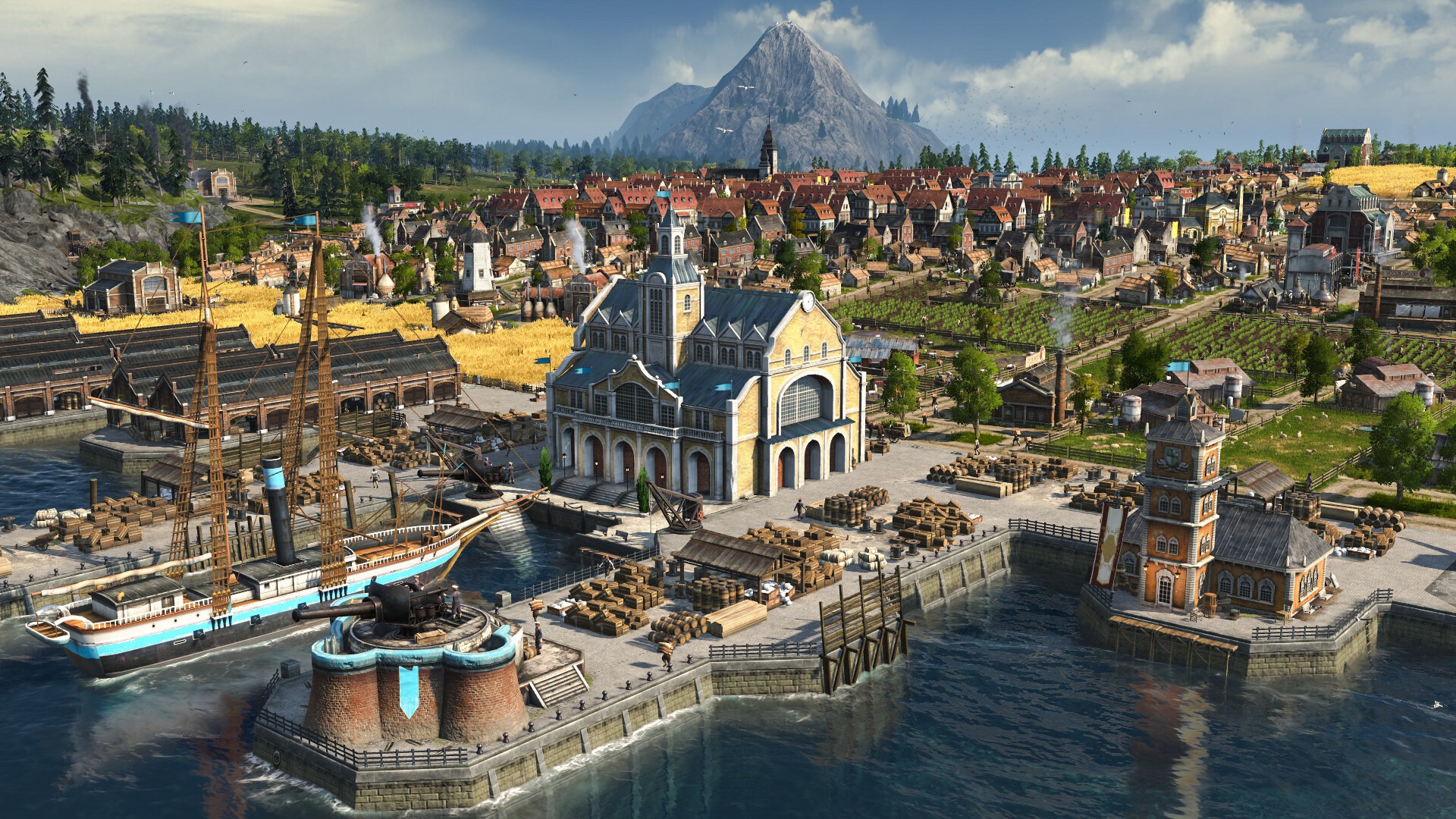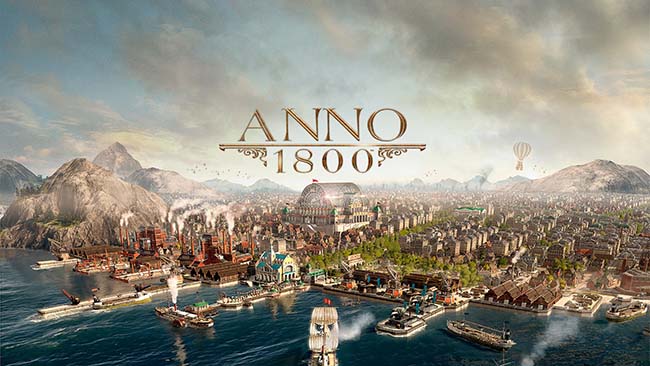
But it’s also because, quite simply, the urban planning that goes into succeeding in Anno feels good. It helps that the game is gorgeous, of course, and all the buildings eventually make cities look like vibrant places to live and work. But it is wonderful to watch cities blossom in Anno. In fact, it often feels like turn-based Tetris, with the way you need to carefully manage space and build things in precise locations.

But, if you can, then your population will grow rapidly, and money will come flooding in. If you can’t meet those needs, those properties will start to suffer and decline. But, soon enough, you’ll want to convert some of those farmer houses into buildings for “Workers”, “Artisians,” and, all the way up to “Investors” and “Scholars.” These people get much more demanding, expecting to have access to a wider range of goods (soaps, sausages, wines, etc), and want to have churches, member’s clubs, zoos and so on within their “15-minute” walk. These farmers are not particularly picky people and don’t need much more than that to be happy. This means laying down farmer houses, getting some woodchoppers and sheep farmers in, and throwing down a bar and market for the new residents to enjoy. Frankly, Anno is nicer.Īnno 1800 works like this: You start with an empty plot of land (like any city builder), and your first task is to lay the barest foundations of a society down. As you drill down further, the differences between the Sim City city builder, and Anno, all come down to this: Sim City is, culturally, American. In Anno, finances can certainly run out, but if you’re doing right by your population, the overall wealth of the city will grow, and you’ll find that your city remains comfortably liquid anyway. In Sim City, you need to watch your finances like a hawk, and be constantly looking for ways to minimise costs. As I sat down to write this review and muse on it I was struck by just how great the differences are between these two processes, and what they mean to the structures behind their respective games. Just today I watched a rather neat episode of Some More News, which was looking at the way that American cities ended up being the way they are, and how culturally you basically need a car to do anything over there (spoiler: it was the car companies successfully infiltrating government). Actual 15-minute cities, where everything that you need to live a comfortable life is planned within an easily accessible ring. No, not the hyperbolic nonsense about “control” and a loss of “freedom,” that you hear from some quarters of the perpetually outraged. If you play Anno 1800 well, the resulting city that you have is, effectively, what people have recently started talking about with the 15-minute city. Not when the nicest places to live and the best places to work are a two-hour commute and then some. I love Cities Skylines and Sim City, don’t get me wrong, but what you build in those titles is not necessarily the cities I would want to live.

Are you going to have the space to plonk down a big zoo in the middle of your CBD once the people suddenly demand it? Probably not, but then, how can you clear out enough space to keep those critical central buildings happy and growing?īut it’s also so much more rewarding to build a city this way. In many ways, it’s more difficult to make a great city in Anno, because the planning can be intricate. Residents still don’t like pollution (given the game takes place during the industrial revolution, this is an ever-present issue), but they like having their markets and workshops nearby. Where in Sim City and Cities Skylines you zone out big blocks of space for residential, industrial and commercial space, and link them by long stretches of roads (and, occasionally, rail), in Anno, things are much more tightly integrated than that. From any given dwelling there is a fairly small circle that needs to feature all of these things within it. You need to build dwellings for people to live in, but they also need to make sure they have access to utilities, entertainment, consumer goods and culture. Populations want to have goods and services close to them, and to really grow your city, you have to be efficient with space. If EA’s Sim City (and its spiritual successors, such as Cities Skylines) are the epitome of the American approach to city design, with sprawling networks of congested roads and vast reaches of suburbia, Anno represents a more European vision for city planning.
ANNO 1800 DOWNLOAD SERIES
I haven’t played an Anno game since Anno: Create A New World on the Wii and DS, but I absolutely loved those games, and I likewise love Anno 1800, the first game in the main series to also get a console release (the Wii and DS titles were spinoffs).


 0 kommentar(er)
0 kommentar(er)
